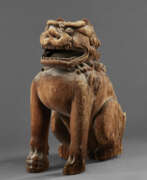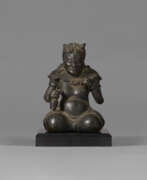Muromachi period

Muromachi period
The Muromachi period (1336-1573) is a significant stage in Japanese history, characterized by cultural and social changes. This period saw the formation of a distinctive legal system, introduced by the Ashikaga shoguns, based on the principles of collective responsibility. This period was also marked by the spread of firearms, which brought innovations in the art of warfare.
The Muromachi Shogunate promoted the development of large feudal estates, which led to an economic boom, flourishing trade and engineering. Along with this, military conflicts and internal rebellions became an everyday occurrence, giving rise to the Sengoku Era.
The cultural heritage of this period deserves special attention. Zen Buddhism and Chinese aesthetic values had a huge influence on art and architecture. An example is the Golden Pavilion (Kinkaku-ji) in Kyoto, which symbolizes the grandeur and splendor of Kitayama culture. The Noh Theater, which emerged during these years, became an important element of Japanese culture.
Collectors and connoisseurs of art and antiques are invited to subscribe to updates related to the Muromachi Period so as not to miss news of sales and auctions related to this unique era.
| Country: | Asia, Japan |
|---|---|
| Start of the period: | 1336 |
| End of the period: | 1573 |







